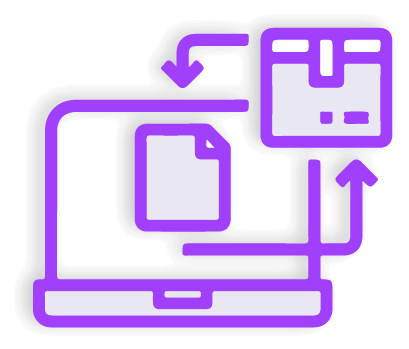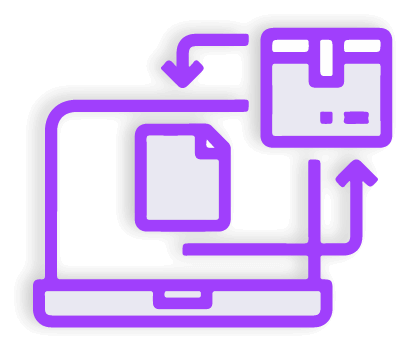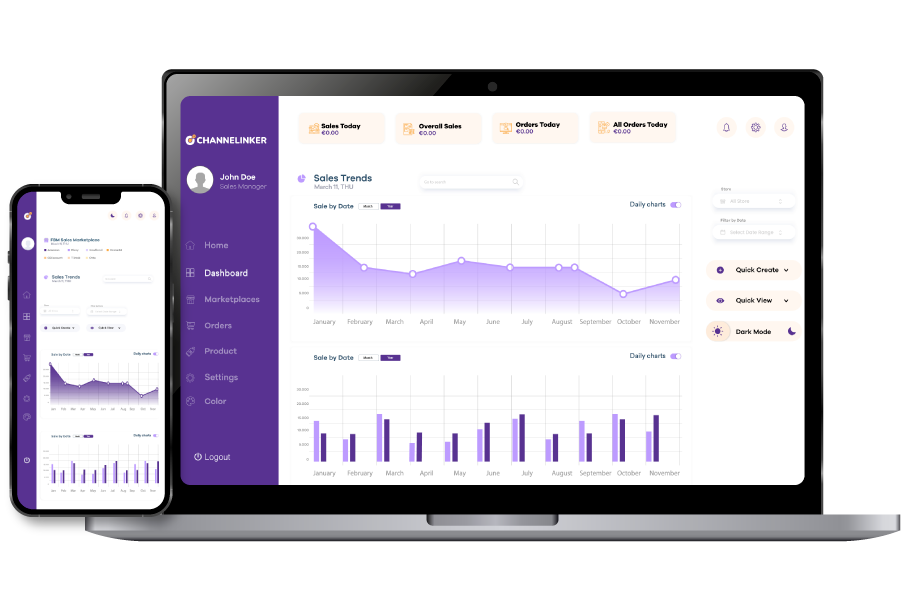What is FOB?

FOB, or “Free on Board,” is one of the most widely utilized terms in international trade. This is included in the Incoterms (International Commercial Terms) formed by International Chamber of Commerce (ICC). FOB is freight on board terms that indicate when ownership, risk, and responsibilities of goods switch from seller to buyer in the course of shipment. FOB pertains strictly to maritime transport or inland waterways, and it fits best into bulk shipping or large freight shipments.
FOB is a shipping term that defines two important components of shipping as it relates to freight:
- Who bears the cost of shipping?
- Who assumes the risk if the goods are damaged or lost during transit?
For example, FOB terms specify who is responsible for the shipment after a seller delivers goods to a port and puts them on a vessel. This clarity prevents such disputes as it provides that which is to be done and prevents miscommunication between the contracting parties.
FOB Shipping Point vs. FOB Destination
FOB comes in two basic variations: FOB Shipping Point (FOB Origin) and FOB Destination. The main difference is where ownership and responsibility change from seller to buyer.
FOB Shipping Point (FOB Origin):
- In FOB Shipping Point terms, the risk and title to ownership is transferred to the buyer after the seller has delivered the goods to the carrier or shipping port. In other words, the buyer takes responsibility for the goods as soon as they leave the seller’s premises.
- The buyer also pays for transportation costs and bears any risks of loss or damage during transit
For example, if a manufacturer in China ships goods to a buyer in the United States. Once the goods are on the ship in Shanghai, the buyer assumes all risk or cost for getting them to the U.S. destination.
FOB Destination:
- For the seller, it means the ownership, possession and risk is still with him until they reach the buyer’s location as per the terms and conditions agreed upon on the lot. The seller bears the expenses and risks associated with transport during shipping.
- Ownership is transferred only when the goods reach the place designated by the buyer.
For example: A U.S. seller selling goods to a Canadian buyer agrees to ship the goods under FOB Destination terms. The seller is responsible for delivering the goods safely to the buyer’s warehouse in Toronto and pays the shipping costs and assumes all risks until delivery to the buyer is complete.
Advantages and Disadvantages of FOB
FOB Shipping Point Advantages:
- Control Costs for Buyers: By dealing directly with freight carriers, buyers have the possible opportunity to have lower shipping rates, as well as expedited delivery.
- Early Ownership: Businesses receive early access to and ownership of the goods, which can help expedite inventory accounting and customs clearance.
- Simpler for Sellers: Sellers pass off responsibility early in the process, eliminating their risk and logistical burden.
FOB Shipping Point Disadvantages:
- Risk for Buyers: The buyer takes on the risk once the goods exit the seller’s premises. They have to deal with possible losses or damages in transit.
- Logistical Responsibility: Buyers are responsible for coordinating shipping, insurance, and customs clearance — a process that can be complicated without experience.
Advantages of FOB Destination:
- Buyer Risk Reduction: A buyer’s risk is reduced because the seller is still liable until the buyer receives the item.
- Ease of transactions: The seller takes care of all shipping expenses and logistics; thus the buyer’s role is simplified.
Disadvantages of FOB Destination:
- Challenges for Sellers: Sellers are responsible for shipping and insurance costs, which can eat into profit margins.
- Deferred Ownership– Buyers might not recognize the goods as inventory until they physically arrive.
Incoterms and FOB
Key Takeaway: Incoterms (International Commercial Terms) are internationally recognized customs code established by the ICC to streamline international trade shipping by explicitly defining contributors shipping, risk and cost responsibilities. There are 11 Incoterms, each of which is intended for a type of transport or trade situation. FOB is an Incoterm and applies only to shipments by sea and inland waterway.
FOB under Incoterms — Key Takeaways:
· The seller must deliver goods to the port and place them on the vessel that the buyer specified.
· The buyer will bear risk and cost from the point that the goods are on board the vessel.
· FOB terms are never to be invoked for containerized shipping; for that, FCA (Free Carrier) terms are often applied.
Tips for Buyers Using FOB Terms
- Order Sufficient Insurance: If an FOB Shipping Point contract, the risk will be with the buyer after the cargo is placed on board the vessel. Also, make sure to get comprehensive cargo insurance to protect yourself against loss or damage.
- Partner with Trusted Carriers – Using a reputable freight forwarder or carrier can alleviate risks during transit and guarantee on-time deliveries.
- Educate Yourself on Customs Requirements: Buyers should study the customs regulations of the destination country to prevent delays or additional charges.
- FOB Terms Must be Clearly Defined in Contracts: Everything down to the port of loading, destination, and responsibility for customs clearance should be made clear
- Inspect Goods Before Shipment — Schedule a third-party inspection to confirm the status and quality of goods before departing from the seller’s premises.
How to Document FOB Shipping Terms
Accurate documentation is critical to ensure both parties understand their responsibilities. The following documents should include FOB terms:
- Sales Agreement: The agreement must outline the agreed FOB terms, including the point of risk transfer and responsibilities for costs.
- Bill of Lading: This document acts as proof that goods have been delivered to the carrier under FOB terms. It should clearly state the FOB Shipping Point or Destination.
- Commercial Invoice: This should specify the FOB terms, the shipment’s value, and other important details for customs clearance.
- Insurance Certificate: If the buyer or seller is responsible for insuring the shipment, this document must align with the FOB terms to avoid coverage gaps.
4 Misconceptions About FOB Shipping
FOB Can Be Used for Any Transport Mode: FALSE. FOB is only suitable for the transport of goods by sea and inland waterway. For air or rail modes, then FCA or CIP would apply.
FOB Does Not Specify Payment Terms: FOB addresses only the transfer of risk and costs—it does not purport to address the timing or manner in which payment is made, which must be agreed on separately.
FOB Origin Always Implies Seller Pays Shipping: In FOB Shipping Point, the shipping charges are paid by the buyer. Misunderstanding this term with FOB Destination, where the seller pays, is a common mistake.
Ownership and Risk Always Transfer Together — As with cost, in some instances risk and ownership may transfer at different points, with the transfer point of risk usually coinciding with the transfer point of ownership in FOB terms.
FOB Shipping FAQ
Who pays for shipping in FOB Shipping Point?
Usually, only sellers pay for shipping in FOB Shipping Point. According to FOB Shipping Point rules, the buyer bears the cost of shipping from the origin to the destination.
What is an example FOB Shipping Point?
A buyer in the U.K. places an order for goods with a supplier based in Japan. After the goods are loaded onto the ship in Tokyo, the buyer takes on risk and pays to transport the good to the U.K. The buyer accepts all responsibility for loss or damage that occurs during transit.
Is FOB the same as Delivered?
The answer is No, FOB and delivered terms are two different things. FOB indicates when risk and cost pass from seller to buyer, while delivered terms (e.g. DDP or DAP) mean that the seller still owns delivery through to the buyer’s location.
What is FOB Destination?
FOB Destination does it a little different, in that the seller is responsible for costs and risks up until the point where the goods arrive at the destination the buyer has specified.


